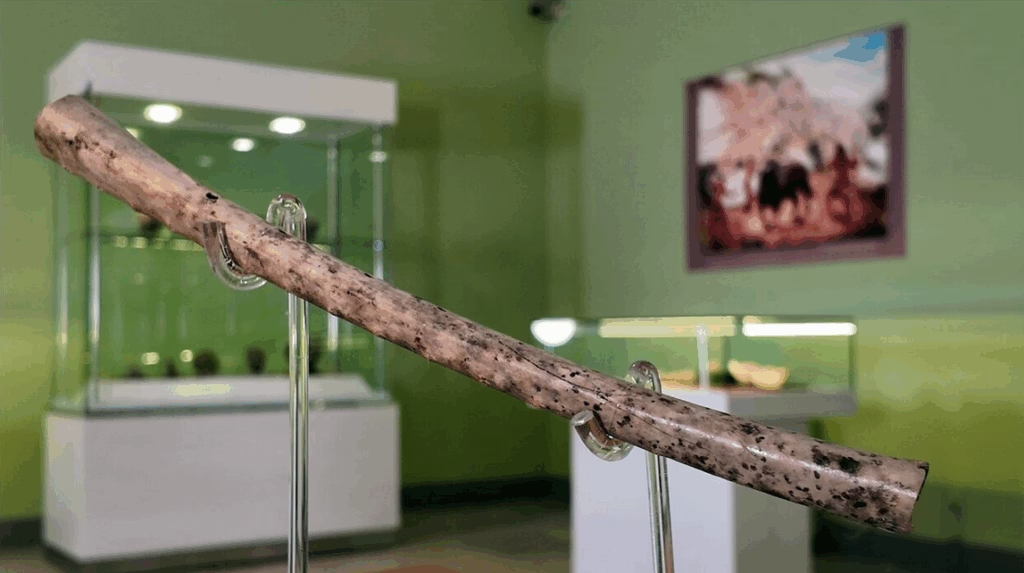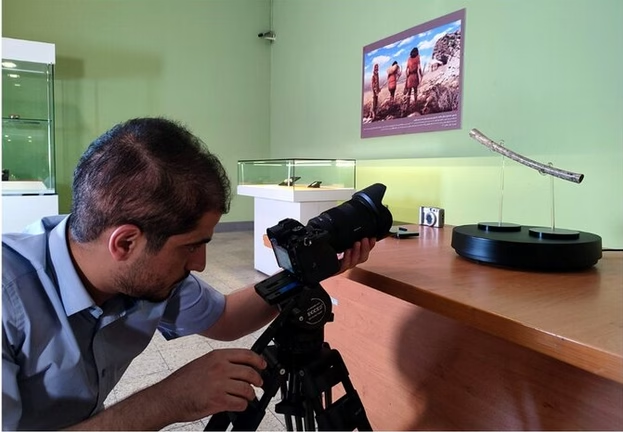The National Museum of Iran has launched a new digital initiative to reconnect the public with the country’s ancient heritage. In collaboration with the Public Relations Department of the Ministry of Cultural Heritage, Tourism and Handicrafts, the museum is producing a series of short videos highlighting key artifacts from its collection. Among the most captivating is an 8,000-year-old bird-bone flute—one of the oldest known musical instruments in the world.
Discovered in the 1970s during archaeological excavations at the Sang-e Chakhmaq mounds near the city of Shahrud in northeastern Iran, the flute was crafted from the wing bone of a large migratory bird. The ancient instrument features four main holes and one additional hole near the end. Experts believe it was shaped using stone tools, and cutting marks are still visible on its surface today.

Fereidoun Biglari, Deputy Director of the National Museum of Iran, explained in an interview with the Tehran Times that the museum is currently working with a musician to recreate a replica of the flute using authentic bone material. This project aims to bring the sound of this prehistoric instrument back to life.
According to Biglari, bone flutes like this one may have served multiple cultural and social purposes in Neolithic communities. These instruments could have been used in rituals, ceremonies, communal dances, or even hunting—imitating animal calls or signaling across distances. Their existence also points to the early development of musical traditions and the significance of rhythm and sound in prehistoric life.

The Sang-e Chakhmaq site consists of two mounds—Eastern and Western—and provides one of the most complete Neolithic cultural sequences in northeastern Iran. The Western mound revealed aceramic Neolithic settlements with mud-brick structures, hearths, and flint tools. The Eastern mound, where the flute was found, contained ceramic artifacts, figurines, and early metal objects. These findings suggest a gradual cultural transition from the Pre-Pottery Neolithic to the Chalcolithic period.
With its strong material connections to both Central Asia and north-central Iran, Sang-e Chakhmaq stands as a vital link in understanding the spread of agriculture, pottery, and early metallurgy in the region. Several key artifacts from the site, including the ancient flute, are now on display in the Neolithic Gallery of the Iran Bastan Museum at the National Museum of Iran.
In recent months, the museum has been sharing select videos from this project on its Instagram and Aparat pages, bringing Iran’s rich archaeological heritage to a broader digital audience.
Source: Tehran Tımes





